Business Letter Template for Effective Communication
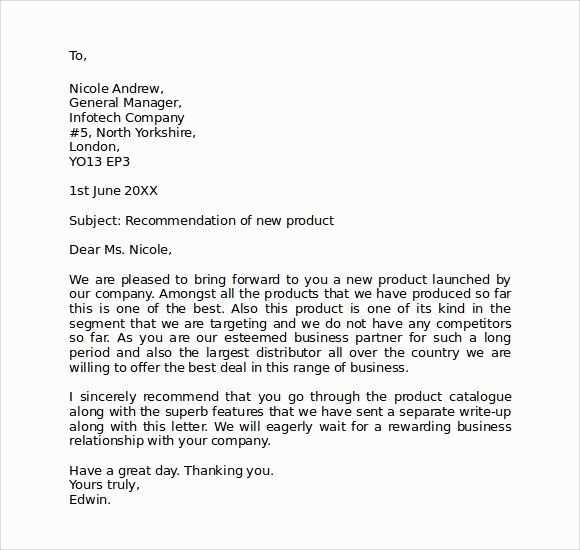
Crafting formal correspondence is a crucial skill for conveying clear and respectful messages. The structure and tone of such documents significantly impact how the information is received. Whether you’re addressing colleagues, clients, or external partners, using the right format ensures your message is understood and taken seriously.
Clear and concise communication is key when creating these types of messages. A well-organized format not only makes the content easier to read but also helps the writer present their points in an effective manner. Understanding the components of professional writing is essential for success in any workplace environment.
By focusing on essential details and maintaining a formal tone, you can create powerful documents that leave a lasting impression. Adapting your writing to the situation at hand, while keeping it polished and respectful, leads to greater efficiency and better outcomes in professional interactions.
Understanding the Importance of a Business Letter
Formal written communication plays a significant role in any professional environment. It helps maintain clarity, professionalism, and ensures that messages are conveyed appropriately. Whether you’re addressing internal teams or external partners, such correspondence helps establish trust and credibility.
Building Professional Relationships
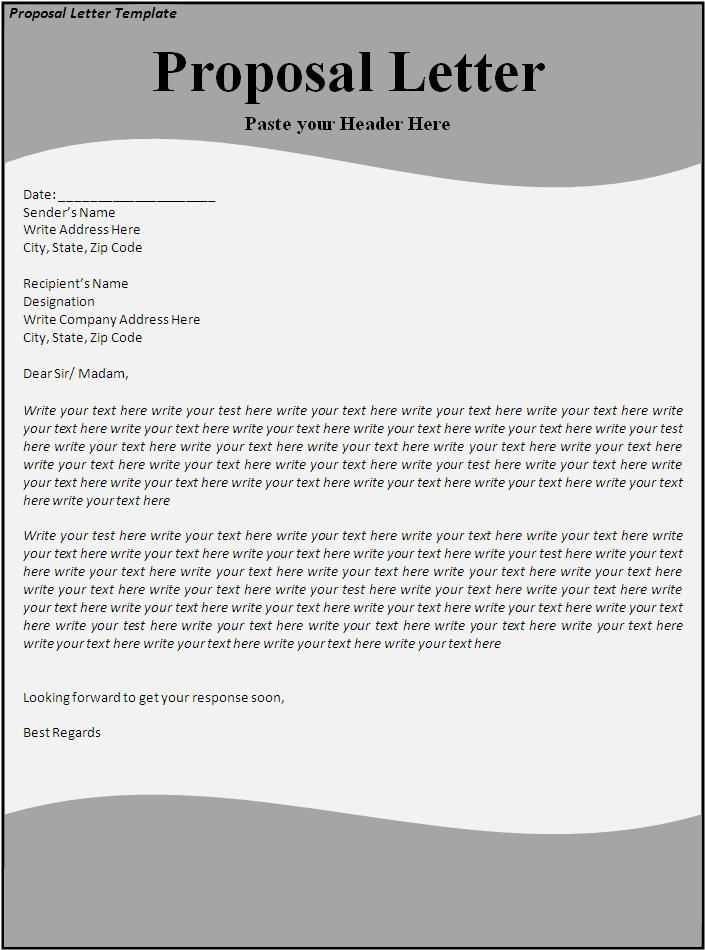
Well-crafted documents serve as a foundation for long-term relationships with clients, stakeholders, or colleagues. They allow you to express your intentions clearly and professionally, making it easier for others to respond in a thoughtful and timely manner. In many cases, these communications can influence the direction of key business decisions and strategies.
Conveying Information with Precision
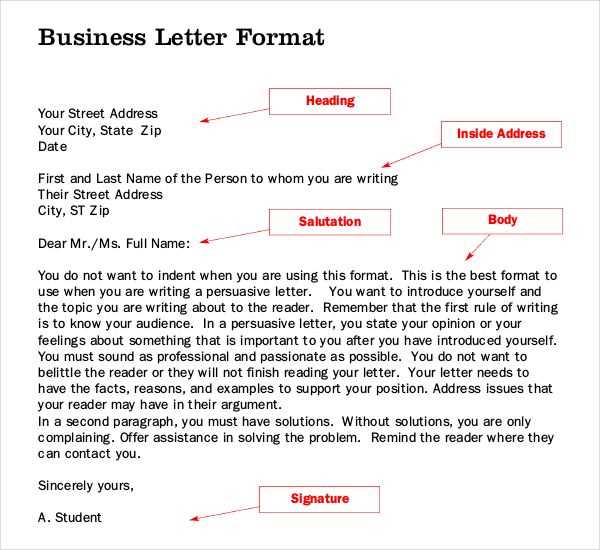
These types of written materials also enable precise communication of essential details. They are often required when discussing contracts, agreements, or complex matters where misunderstandings could lead to significant issues. A clear and organized structure allows for easy interpretation of important points, reducing the risk of confusion.
Key Elements to Include in Your Letter
To create a professional document, it’s crucial to structure it correctly. Each element within the message serves a distinct purpose, contributing to the overall clarity and effectiveness. Understanding what to include ensures that the communication is both comprehensive and appropriate for the intended recipient.
Start with a proper introduction, ensuring the recipient’s details are clearly stated. Follow this with the purpose of the message, ensuring that it is easy for the reader to understand the core objective. Conclude with a polite closing that encourages further communication if necessary.
Additionally, always ensure that the tone matches the context. A respectful and formal tone is vital for maintaining professionalism, regardless of the content being discussed. Clear and concise language, along with correct formatting, will enhance the message’s impact.
Best Practices for Professional Tone
Maintaining a professional tone is essential when crafting formal written communication. The way you convey your message influences how it is received and can impact the effectiveness of your communication. A respectful, clear, and polite approach helps to foster a positive impression and ensures that your points are taken seriously.
To achieve a professional tone, always use polite language and avoid slang or overly casual expressions. It’s important to stay neutral and objective, especially when discussing sensitive topics. Avoid being overly emotional or using aggressive language, as it can diminish the credibility of your message.
Additionally, ensure that the structure of your content is clear and direct. Avoid unnecessary jargon or overly complex sentences. Simplicity, combined with professionalism, is key to making sure your communication is both effective and easily understood.
Common Mistakes to Avoid in Letters
When drafting formal written messages, it’s easy to make errors that can detract from the effectiveness of your communication. These mistakes can cause misunderstandings or create a negative impression, making it important to be aware of potential pitfalls. Avoiding these common errors ensures your message is professional and clear.
One frequent mistake is neglecting to proofread your content. Spelling and grammatical errors can diminish your credibility and distract the reader from the main points. Another common issue is using overly complex language or jargon, which can confuse the recipient. Striving for clarity and simplicity is key to ensuring your message is understood.
Additionally, failing to address the recipient appropriately or leaving out essential details can lead to confusion. Be sure to include all relevant information and maintain a respectful tone throughout the message to avoid any unintended offense or ambiguity.
Customizing Templates for Different Purposes
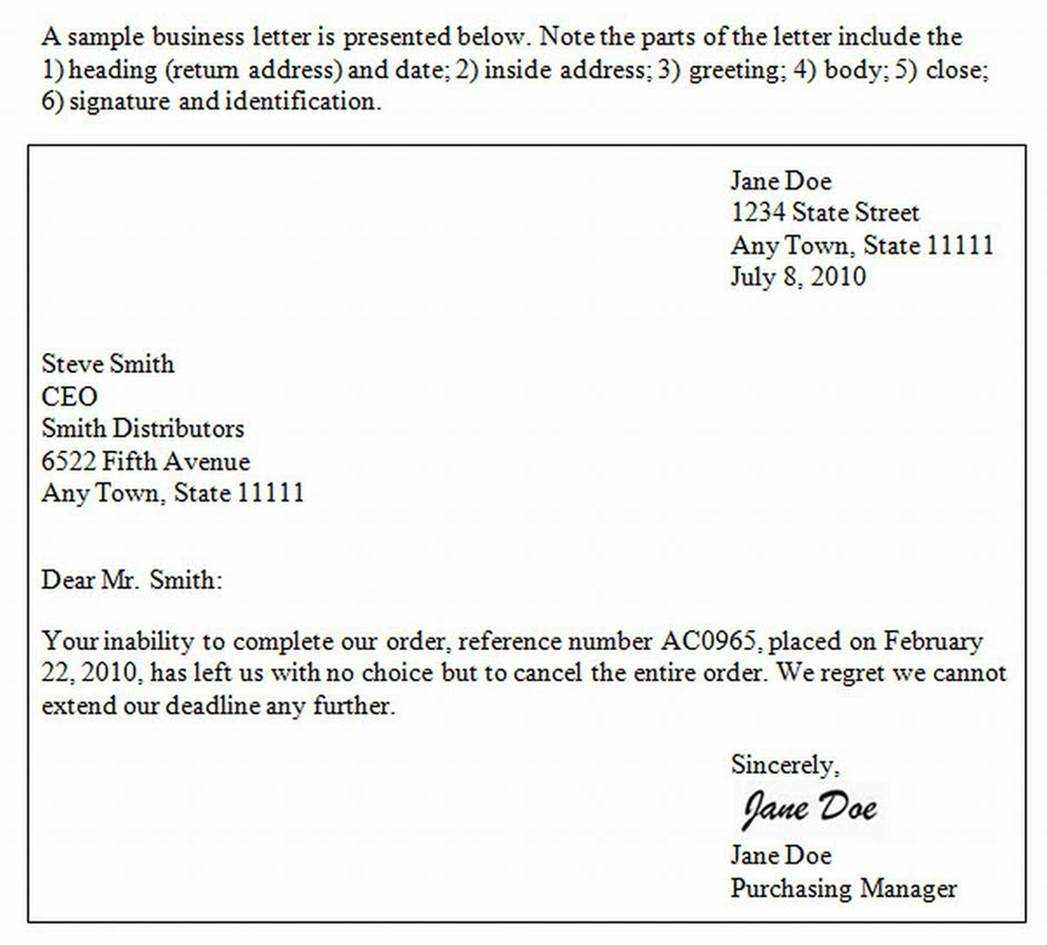
When creating formal written communications, adapting the structure and tone to suit the specific purpose is essential. Tailoring your approach allows you to effectively address the recipient’s needs and expectations. Whether you’re making a request, providing information, or addressing an issue, adjusting the content ensures clarity and appropriateness for each situation.
Adapting for Various Scenarios
Different situations require distinct approaches. For instance, when sending a formal request, the tone must be polite yet assertive. On the other hand, a thank-you note should maintain a friendly, appreciative tone without being overly casual. Here’s how you can customize content based on the purpose:
- Formal Requests: Be concise, polite, and direct. Provide clear reasons and outline any necessary actions.
- Thank-You Notes: Express genuine gratitude and keep the tone warm, yet still professional.
- Problem Resolution: Be constructive, acknowledging any issues and proposing potential solutions.
Ensuring Relevance and Clarity
Regardless of the purpose, always ensure your message is relevant to the recipient. Avoid including unnecessary information that could confuse or overwhelm the reader. Customizing the structure and tone while keeping your communication focused helps maintain professionalism and strengthens your message’s impact.
Tips for Polished and Clear Communication
Effective communication is essential for conveying your message clearly while maintaining professionalism. Ensuring your message is polished and concise helps in making a strong impression and avoids any misunderstandings. Applying a few simple strategies can elevate the quality of your written communication.
Be Clear and Direct
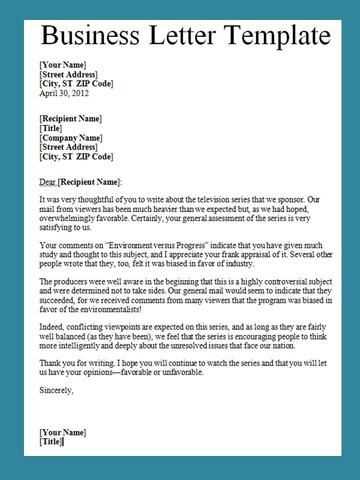
One of the most important aspects of any formal communication is clarity. Keep your sentences short and focused, avoiding unnecessary jargon or overly complex words. Stick to the main points and organize your content logically, so the recipient can quickly understand your message.
Maintain a Professional Tone
Always use a respectful and neutral tone, especially when addressing unfamiliar individuals or sensitive topics. Avoid being overly casual or emotional in your wording. A professional tone helps to establish authority and ensures that your message is taken seriously.